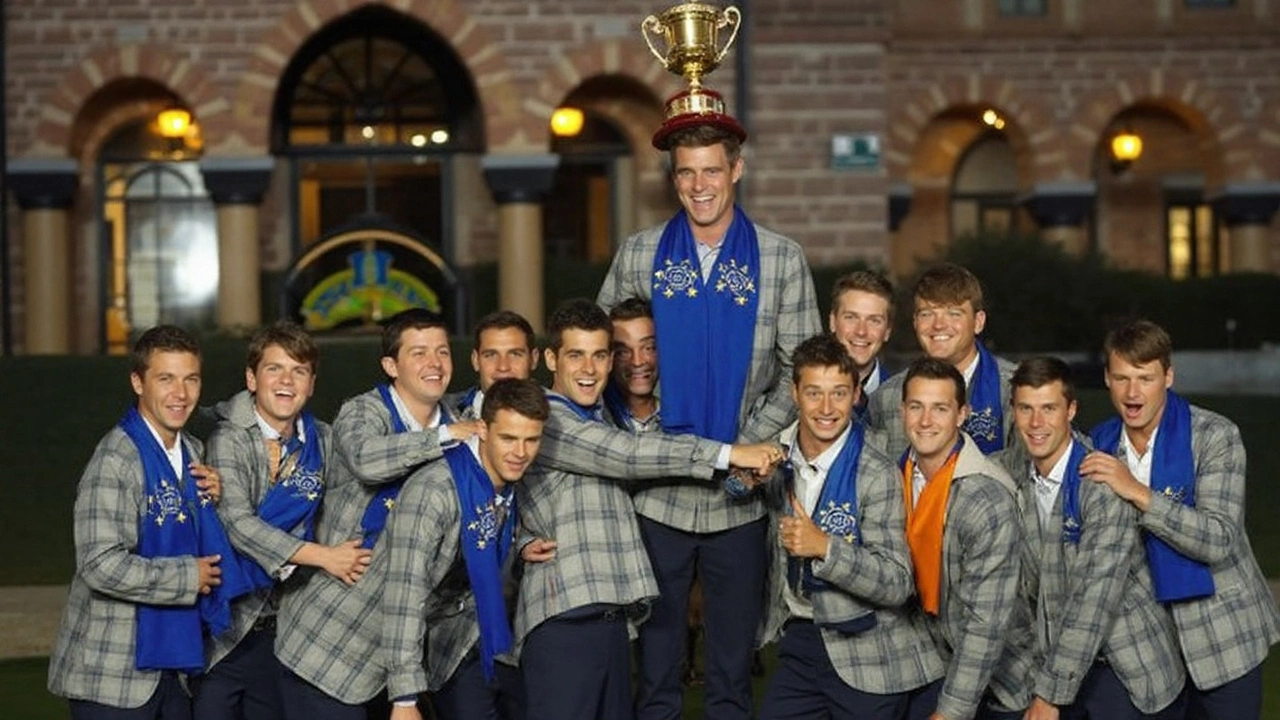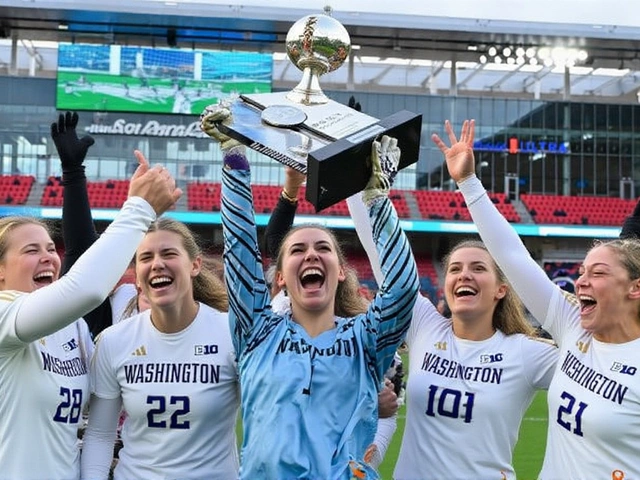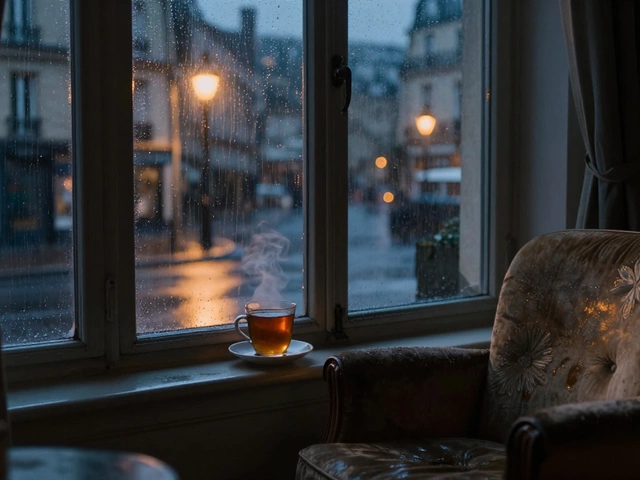Ryder Cup 2025 at Bethpage Black: What Fans Need to Know

Course Overview and Historic Significance
When the 2025 Ryder Cup 2025 lands at Bethpage Black, it does more than add a new stop to the tournament’s itinerary – it brings a piece of golf history to the forefront. Designed by A.W. Tillinghast and opened in 1936, the Black Course has long been a proving ground for the sport’s toughest tests, having hosted the U.S. Open twice, The Barclays twice, and the PGA Championship in 2019. Yet, until now, it has never been the stage for the Ryder Cup, joining Oak Hill Country Club as the only New York venue to hold the biennial showdown.
Bethpage is a public course, a rarity among venues that host major championships. Residents pay $80 for a round, while out‑of‑towners are charged $160 – a price point that keeps the course accessible to everyday golfers despite its world‑class reputation. The park itself spans five 18‑hole courses, welcoming roughly 300,000 rounds a year, a figure that underscores how the site blends democratic access with elite pedigree.
For fans and players alike, the course’s layout presents a dramatic 77‑foot elevation swing, starting low on the first fairway and climbing to the ninth green’s summit. This vertical journey forces golfers to adapt constantly, switching between uphill power shots and downhill precision, a factor that will heavily influence both individual performance and team tactics.

Key Holes and Strategic Play
While every hole at Bethpage Black demands respect, four stand out as decisive battlegrounds for the 2025 showdown.
- Hole 15 – the tournament’s number‑one handicap: A 477‑yard par‑4 that launches players up a steep ascent. The fairway narrows dramatically as it approaches the green, rewarding an aggressive drive that lands left of center. The subsequent 50‑foot climb to a sharply sloped green makes front‑pin placements nearly impossible at competitive speeds.
- Hole 16 – the only tee that offers a clear view of its target. A 60‑foot drop to a narrow, right‑to‑left bending fairway creates an awkward tee shot. Precision is paramount; a mis‑placed drive lands in deep bunkers that guard the approach corridor.
- Hole 17 – arguably the finest par‑3 on the layout, measuring 179 yards. The elevated green is split by a central spine, with deep bunkers flanking multiple angles. Selecting the correct line and distance is a test of both nerve and skill.
- Hole 18 – the closing act and one of the few genuine birdie chances. A downhill drive threads through massive bunker clusters, setting up a long approach to an elevated green that punishes any lapse in distance control.
Beyond these marquee holes, the course’s thick rough – a mix of ryegrass, Kentucky bluegrass, and Poa annua – forces players to abandon fancy pin‑seeking. The safest play is to aim for the center of the fairways and the middle of the greens, keeping the ball out of the unforgiving greenside bunkers.
Team USA, led by captain Keegan Bradley, enters the competition with a built‑in boost: a roaring local crowd that can swing momentum with a few cheers. The familiarity of the venue, compounded by home‑field enthusiasm, gives the United States a psychological edge that can be as decisive as any swing.
Europe, under Luke Donald’s stewardship, faces a dual challenge. The physical demands of Bethpage’s elevation changes and penal rough must be met with disciplined shot‑making, while the partisan atmosphere may add pressure. Donald’s experience in team events will be crucial as he charts a game plan that balances aggression on the scoring holes with caution on the toughest stretches.
In the weeks leading up to the event, both camps are expected to run simulated rounds on the Black Course, fine‑tuning club selections and rehearsing the precise yardages needed for each critical hole. Practice sessions will likely focus on mastering the uphill drives, honing bunker escapes, and perfecting distance control on the elevated greens.
For spectators, the tournament promises more than just world‑class golf. The setting within Bethpage State Park, with its rolling terrain and historic architecture, offers a scenic backdrop that amplifies the drama of each match. Whether watching from the grandstands, the massive standing room areas, or via television broadcast, fans will witness a rare fusion of elite competition and public accessibility – a hallmark of the Ryder Cup’s spirit.
- September 23, 2025
- Darius Beaumont
- 0 Comments
- Permalink




